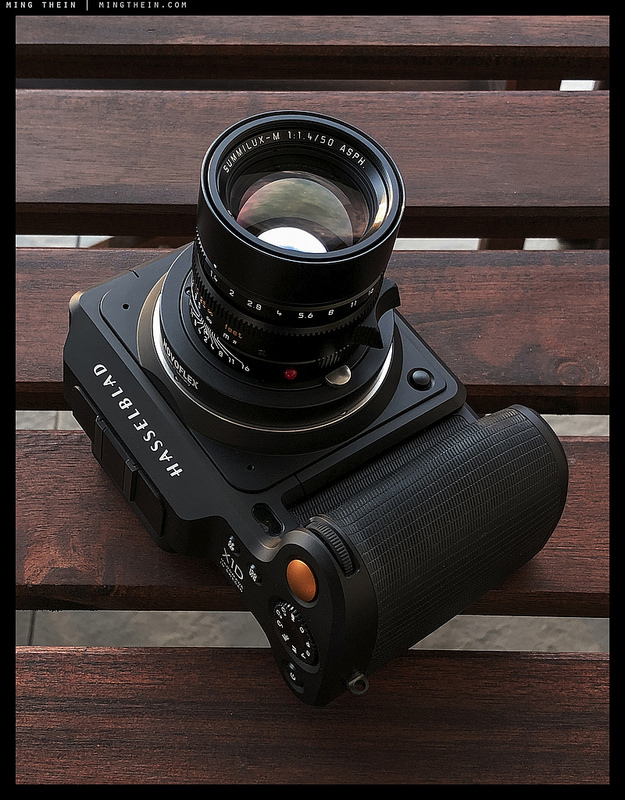
We read a lot of good advice about using manual M lenses on smaller sensor cameras such as APS-C and micro four-thirds. We’re all familiar with the effects of the 1.5 or 2.0 crop, using just the centre of the full-frame lens.
But I’ve never given much thought to the use of the same M lenses on a medium-format mirrorless camera such as the Fuji GFX or Hasselblad X1D. Luckily, Ming Thein, now Chief of Strategy at Hasselblad, has done just that. Ming’s assessment is enhanced by his long-time familiarity with the Leica system as well as his in-depth knowledge of the X1D. M-mount lenses, as ever, are extremely small thanks to their lack of motors and electronic gubbins. They make great companions for most mirrorless cameras, offering top performance in a neat package.

Ming goes into a great deal of detail in assessing a wide range of M, VM and ZM manual lenses for use on the X1D. Using manual lenses on the ‘Blad raises one big hurdle, the absence of a mechanical shutter in the camera. While native lenses do incorporate a shutter, the M-mount lenses must rely on the electronic mechanism in the X1D and this can have consequences such as rolling shutter effect which has to be guarded against.
And lenses need to be chosen with care. Some optics — such as the 50mm Summicrons and a number of Zeiss designs — don’t play well with the X1D. But Ming discovered one lens from Leica that is an ideal companion for the medium-format Hasselblad. It is none other than the 50mm f/1.4 Summilux. So if you want a fast, lightweight and compact 50mm for your X1D look no further than the Summilux.
To discover how Ming came to this conclusion, read the full article here.
_______________
- Subscribe to Macfilos for free updates on articles as they are published
- Want to make a comment on this article but having problems?





I had a look at this camera in a dealer’s shop in Dublin a few months ago. Some demonstrators from Hasselblad were in the store when I went in to buy some film. The camera is smaller than its Fujifilm equivalent which I also tried out last year in another dealer’s shop, but the controls are not as intuitive. Once you add a native lens to both cameras the size and weight really start to increase and did I mention the price? The Hasselblad is more expensive than its Fujifilm equivalent, but both are out for me in terms of size and price. I admire Ming Thein’s persistence, but, in my experience, using a camera on a regular basis with non native lenses, just does not make sense. Lenses and cameras are designed to work together and once you change format, sensor size and lens to sensor/film distance etc trouble begins.
As an interesting footnote, a collector friend showed me an early Hasselblad 1600F from 1949/50 a couple of days ago. In the late 1940s and into the 1950s Hasselblads were provided with very nice Kodak Ektar lenses. The thing was, however, extremely noisy and definitely could not be used for stealth work. In the 1950s Zeiss introduced Synchro – Compur leaf shutters for the Hasselblad 500C series and things got a little quieter. It is interesting that issues with Hasselblads and matching lenses and shutters still exist today over 60 years later.
My advice to anyone buying the new X1D model would be that they should also factor in the cost of a native lens.
William